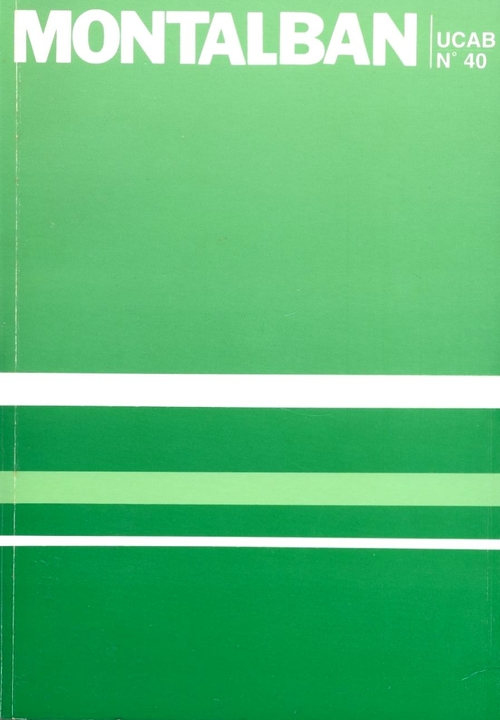Miscegenation among slaves as an economic strategy. The case of Rio de Janeiro in the 19th century.
Keywords:
Brazil, Nineteenth Century, Slaves, Idenity, Mixing, of different racesAbstract
This article argues that there was miscegenation among the African groups that arrived in Rio de Janeiro in the nineteenth century, that is, that miscegenation is not only the result of links between blacks and whites but also the product of relations between individuals from the great regions of Africa. To explain this phenomenon we appeal to the high forced mobility of Africans to Rio de Janeiro, which generated a pattern of phylogenic exogamy that was seen as cultural endogamy, and to the social demands on ethnicity to enter the labour market, which meant that slaves had to make several simultaneous attributions of identity.
Translated with DeepL.com (free version)





